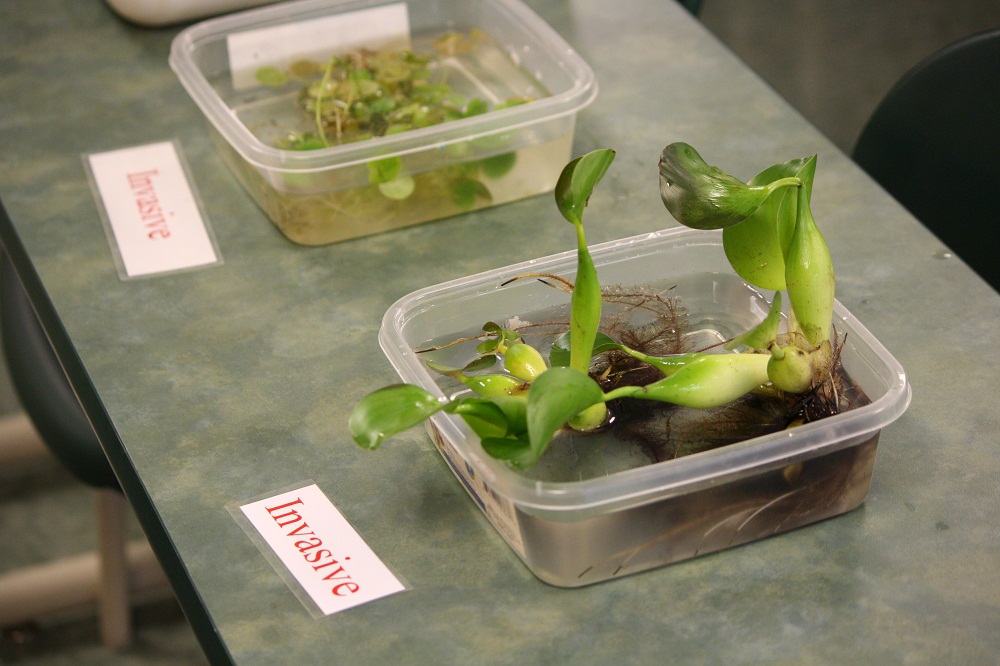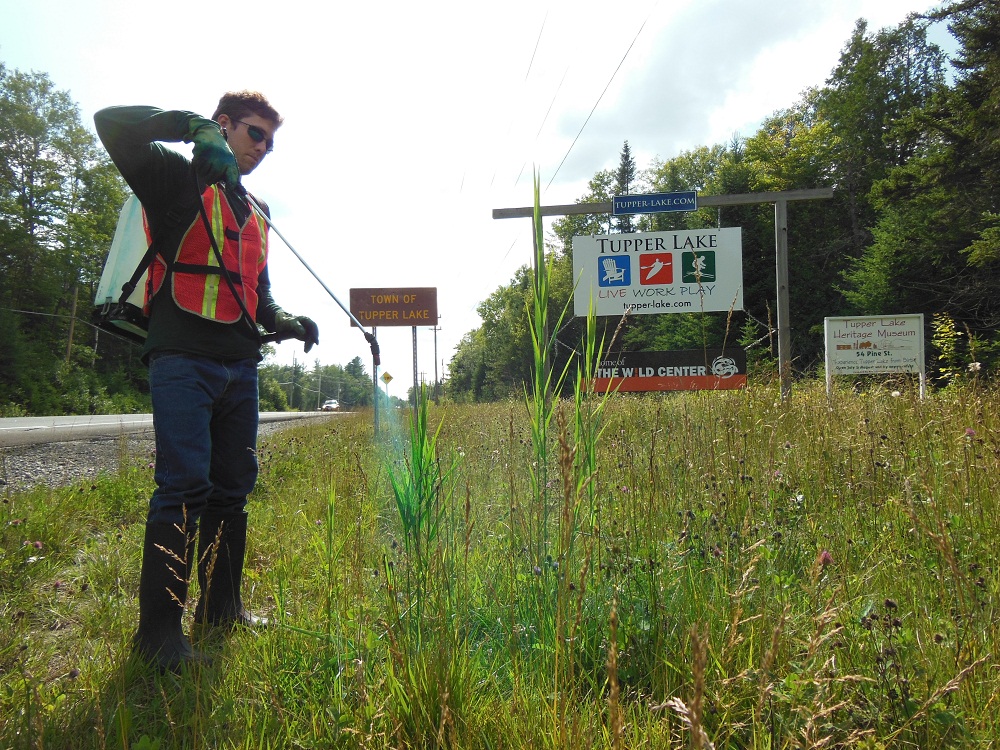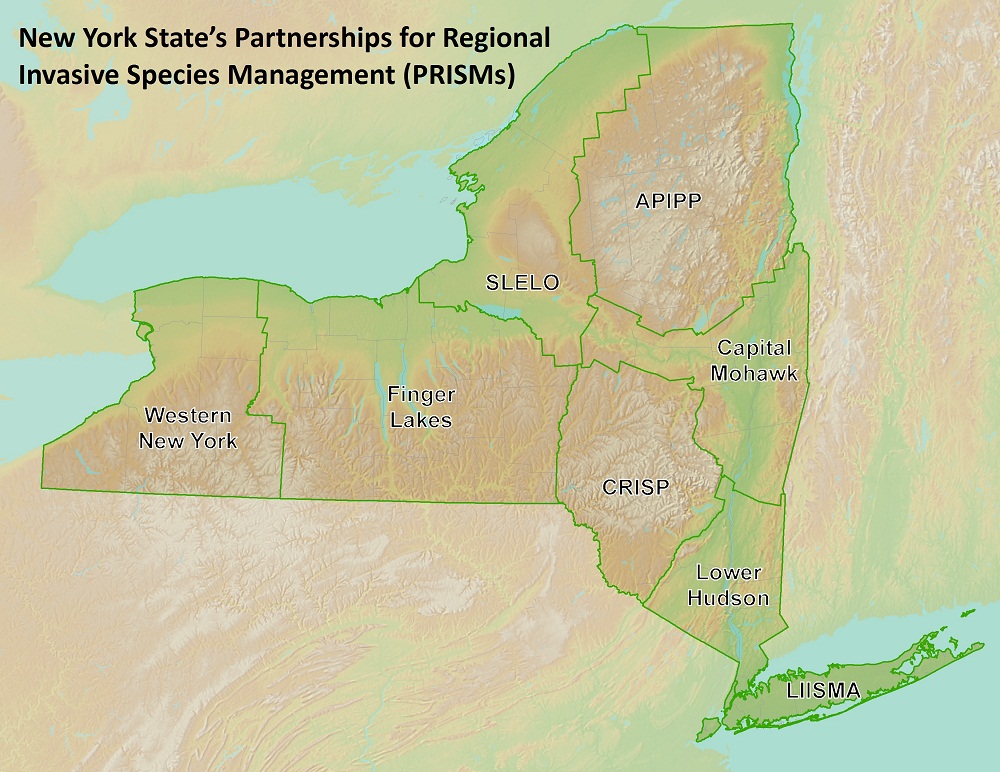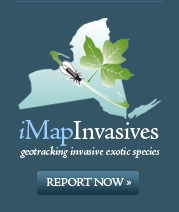Invasive Species Overview
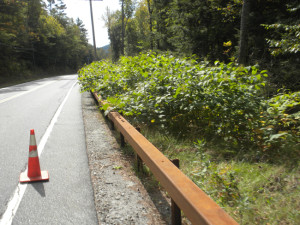
Japanese knotweed infestation
Invasive species are plants, animals, and other organisms either accidentally or intentionally introduced from other places that cause harm to the environment, economy, or human health. In recent years, the rate and risks of invasive species introductions have increased due to human population growth, movement of people and materials, and environmental alteration.
Once established, invasive species negatively impact agriculture, industry, recreation, forestry, fisheries, human health, and the environment. Due to the lack of natural controls and high reproductive ability, invasives can quickly become widespread.
Invasive species change not only the way natural systems look but also the way they function. Infestations can disrupt forest succession, species composition, water absorption and circulation, nutrient cycling, or even create a toxic environment. They degrade habitat, which can diminish the number and variety of fish and wildlife, and can impact agricultural systems by reducing crop productivity and our food supply. Invasive species also pose risks to human health and safety by exacerbating allergies and introducing new diseases.
Identification
When identifying invasive species, be aware that some may look similar to native species.
Also, looking for the warning signs and symptoms of an infestation may help with detection methods.
Management
Management techniques differ for each species. By knowing the biology of each species, you can prevent well-intentioned control methods from doing more harm than good. Knowing the extent of the invasion will inform the management approach. Also, be informed about the appropriate control methods and permits needed before beginning any management.
Spread Prevention
Each of us – from boaters to anglers, campers to climbers, and homeowners to business owners – can help prevent the spread of invasive species. When it comes to aquatic habitats, it is important to clean, drain, and dry your equipment between uses. On land, it is important to garden and landscape with non-invasive species and prevent seeds or plant fragments from hitching rides on your shoes or clothing.
Start Now
Learn more about the invasive species that are, or have the potential to become, harmful to the health of our public and private lands and waterways by learning about the Species of Concern in the Adirondacks.
